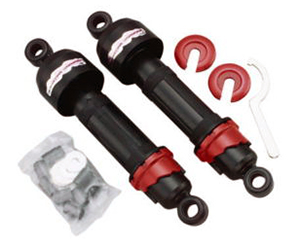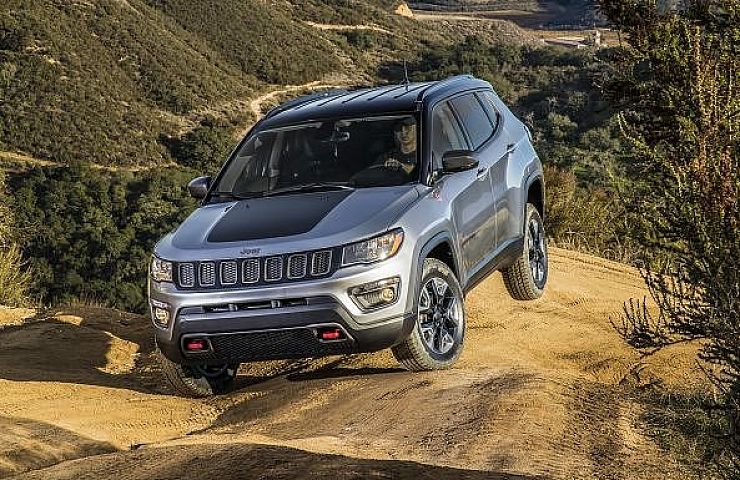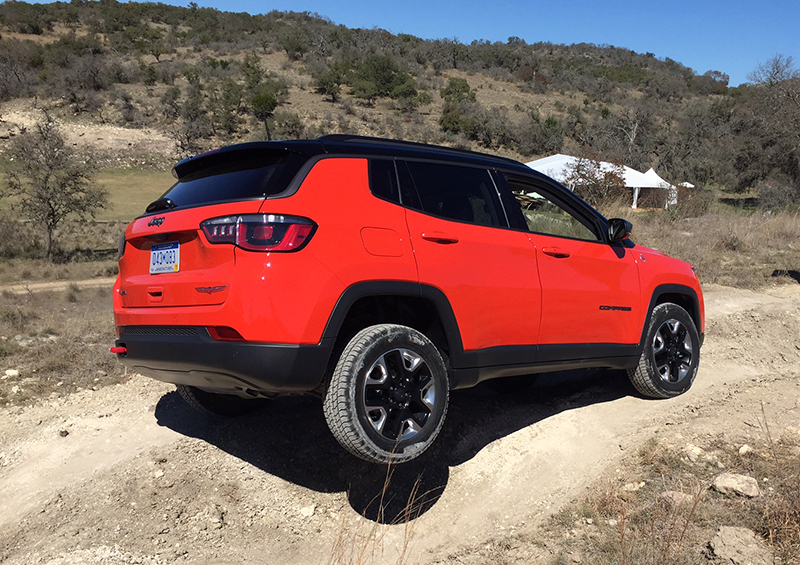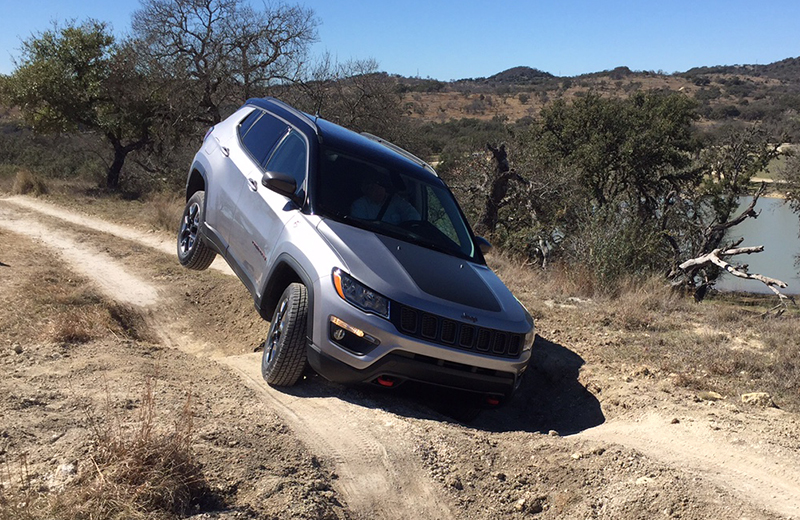Can your family car go off the beaten path? Or is the off-road experience only doable in a four-wheel-drive truck with a two-speed transfer case, lift kit, special suspension, and off-road tires?
You might be surprised to learn that some unibody cars with single-speed four-wheel drive systems are capable of some pretty amazing stuff, as the photos of the new Jeep Compass accompanying this story demonstrate. In fact, applying too much lift, the wrong tires, and wheels can detract from a vehicle’s off-road performance.
Designing a Vehicle for Off-Road
“To perform well off-road, a vehicle needs to be able to do three things,” Art Anderson, chief engineer for the new Jeep Compass, told the eBay Motors Blog this week. “It needs to apply tractive power to the ground, meaning good torque and power with the tires maintaining contact. It also needs adequate ground clearance, and undercar protection to prevent chassis damage.”
Engineers look at the likely terrain to determine what type of four-wheel drive system, gear ratios, suspension, wheels, and tire design are required. Some things to consider:
- When one or two wheels are off the ground, a high final-drive gear ratio can provide enough power for crawling forward. The necessary gear ratio—when combined with the right tire size, tread pattern, and engine torque—applies the amount of force needed on a rocky surface.
- For extreme off-road trails—such as rock crawls in Moab, Utah—a two-speed transfer case provides the low gear range and higher crawl ratio for better performance.
- The proper ground clearance allows the vehicle to clear obstacles in its path. Ground clearance is one dimension of “under-car geometry,” which also includes approach, departure, and breakover angles that prevent the vehicle from getting stuck when ascending, cresting, and descending steep hills.
- Skid plates under the car provide extra protection for sensitive components such as the oil pan. If a driver hits something, it doesn’t spring a leak.
Take Caution When Adapting Your Vehicle for Off-Road

Progressive Suspension 13 Series Baja Magnum Offroad Shocks and Fork Springs
Production cars are designed to offer the best possible balance of on- and off-road driving dynamics. It’s a delicate balancing act, since most measures that improve off-road performance hurt the vehicle’s ride and handling on pavement. Off-road tires are noisy; lifting the vehicle hurts fuel economy; and live axles that, for example, give the Jeep Wrangler its robustness dish up a pretty rough ride.
Even if a vehicle owner is willing to make sacrifices for better performance off-road, the approach to modifying the vehicle should be a cautious one.
Anderson recommends using the minimum lift necessary to clear obstacles the driver might encounter. Only lift a body-on-frame vehicle. A lift kit on a unibody vehicle can destroy the chassis geometry. That’s why some unibody vehicles designed for off-road come with adjustable air suspensions that use onboard computers to recalibrate the components for changes in ride height.

52-inch 400W +4″ 18W LED Light Bar+Mount Brackets
Springs in the lift kit should have the same rate as the ones being replaced, only taller, and shocks also need tuning for the new application.
Larger wheels and tires may look cool, but make sure they fit within the vehicle’s wheel wells. If they don’t, it will make it harder to clear obstacles on the sides of narrow trails. On a similar note, if you are going to tackle trails with lots of sharp turns, a short wheelbase functions better than a long one.
What accessories are worth investing in for off-road travels? Rock rails are an effective way of preventing damage to door sills and door bottoms in rocky areas. LED headlamps and light bars make it easier to see the trail after sundown. Make sure you have a full-size spare wheel and tire to match what’s on the vehicle, and a good working jack to go with it.







